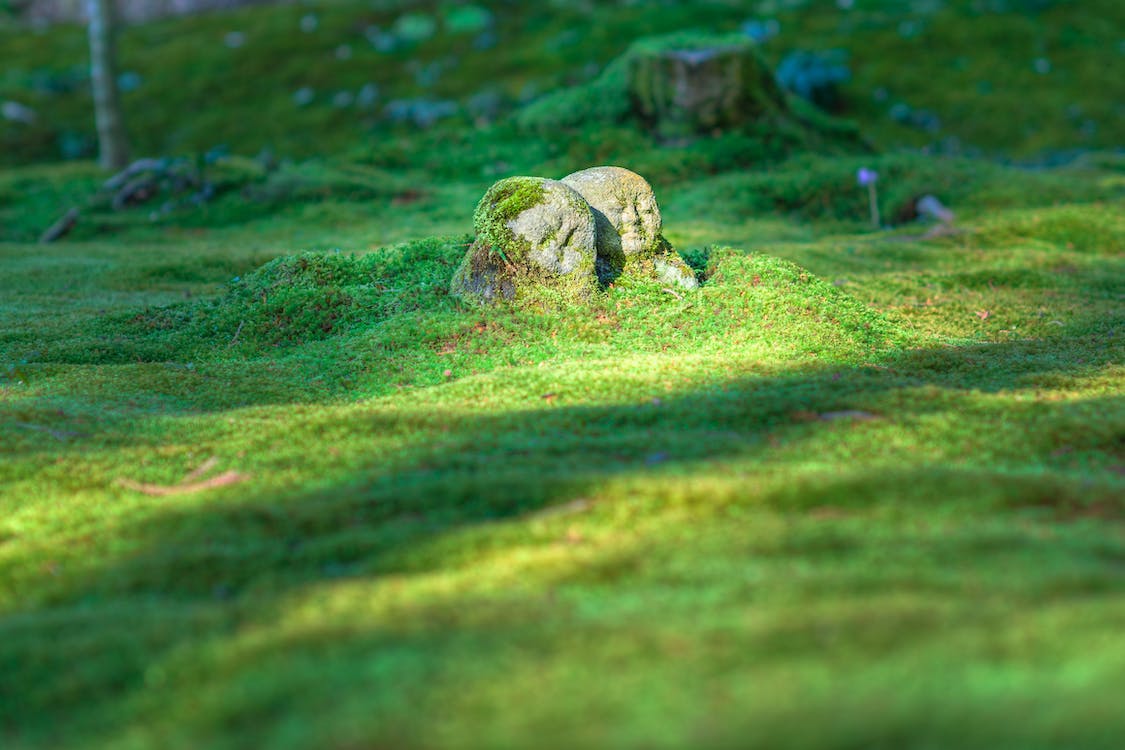Ireland’s Elusive Isle Hy-Brasil and Its Legends
The allure of enchanting islands has captivated humanity for ages, giving rise to tales of otherworldly realms like Avalon and Atlantis. Among these legendary lands, Hy-Brasil has held a prominent place in Irish lore, painted in myth as a paradise of abundance and joy, ever elusive, lying somewhere west of Ireland’s shores.
Hy-Brasil, with its many names like Hi-Brasil, Hy Breasal, and Insula Fortunatae, has been interwoven with tales of chieftains and deities. The narrative intertwines with the Ui Breasail clan of northeastern Ireland and the tragic legend of a chief mourning his daughter’s drowning. Yet, the legend evolves, depicting Breasal as a Celtic deity reigning in splendor every seven years from this submerged utopia.
Cartographers from the Middle Ages onward etched Hy-Brasil onto maps, with Angelino de Dalorto pioneering its depiction in the 14th century. Over time, its representation fluctuated, at times bifurcated, and its location shifted from near Ireland to the fringes of Greenland. Cartography legends like Piri Reis and Mercator continued to honor its place, mapping it as a testament to the persistent belief in its existence.
Despite its mythical status, Hy-Brasil’s presence persisted in nautical charts, even as late as the 19th century. The island’s last noted appearance on official maps marks it as a mere rock off Ireland’s coast in the 18th century.
The Enigmatic Islands of Myth and Mist
Throughout the Age of Exploration, mariners and cartographers mapped the known and the imagined worlds, often blending the two. Phantom islands, such as Hy-Brasil, are a testament to this. Initially, these islands were reported by sailors, possibly mistaking low clouds on the horizon or mirages as landmasses. Over time, with advancements in navigation and mapping, many of these islands disappeared from charts. For instance, the Zeno map of 1558 depicted an island named Frisland in the North Atlantic, which later explorations failed to find. These cartographic inaccuracies reveal the evolution of seafaring knowledge and the transition from a time of myths and legends to an age of empirical evidence and precision.
Mirages are fascinating atmospheric phenomena where light bends due to temperature gradients, causing distant objects to appear closer, often giving the illusion of nonexistent landmasses. This could explain some of the repeated sightings of Hy-Brasil.
The specific type of mirage relevant here is the ‘Fata Morgana,’ a complex form of superior mirage more common in polar regions but not unheard of off the coast of Ireland. This phenomenon could account for the elusive nature of the island, visible only under certain conditions. The rarity of these conditions added a layer of mystique to the myth, making Hy-Brasil a symbol of the unattainable, a place that exists only under the perfect confluence of nature’s caprices.
Hy-Brasil has permeated various facets of popular culture, evidencing the human fascination with the unknown. Its most prominent legacy is perhaps its supposed connection to the modern country of Brazil, though this is a common misconception; the name ‘Brazil’ actually comes from the Portuguese word for red dyewood, ‘pau-brasil.’
In literature, Hy-Brasil has been mentioned in texts like “Utopia” by Thomas More as a metaphor for the perfect society. In modern video games, such as “From Dust,” the island serves as a motif for creation and life’s impermanence. These cultural recurrences underscore Hy-Brasil’s impact, illustrating how it has become a canvas onto which societies project their yearnings for a paradise lost, a place of purity untouched by the complications of civilization.
The Essence of Irish Mythology in National Identity
The enigmatic island of Hy-Brasil has not just been a tale of curiosity but a cornerstone in the collective Irish mythos, resonating with the spirit of its people and the essence of Irish identity. This prominence in Irish legends likely serves several key roles in shaping a shared sense of belonging and understanding of Irish heritage. Firstly, the myth embodies the quintessential Irish trait of looking beyond the visible, an homage to the belief in a reality that transcends the ordinary. Such beliefs reinforce the value placed on the unseen and spiritual, a characteristic feature of Celtic consciousness.
Hy-Brasil is a testament to Ireland’s historical relationship with the sea – a narrative of both fear and fascination. The sea was both a highway and a barrier, a source of invaders and a path to the unknown. The island, therefore, stands as a symbol of this duality, representing the horizon that promises both peril and adventure. In this context, Hy-Brasil might have been a metaphorical expression of the ‘otherworld’ – a concept deeply embedded in Celtic belief systems, signifying a land of eternal youth and abundance.
Such myths serve as cultural touchstones, encapsulating communal values such as bravery, exploration, and the valorization of nature. Myths like Hy-Brasil likely contributed to an understanding of the world during times when much remained unexplored and mystical. By fostering a narrative that highlighted a connection to the earth and sea, these myths helped to construct a narrative of Irishness that is inextricably linked to the natural landscape.
In modern times, these myths take on new relevance in discussions about national heritage and environmental stewardship. As Ireland, like the rest of the world, grapples with ecological degradation and the loss of biodiversity, the legends of pristine, untouched lands like Hy-Brasil resonate with contemporary desires to preserve nature. Such myths can be powerful motivators for conservation efforts, invoking a sense of loss not just of nature but of cultural identity, and inspiring a drive to maintain the landscapes that are as much a part of Irish heritage as the stories themselves.
Technological Advances and the Demystification of Mythical Islands
Advances in satellite imagery and global positioning systems (GPS) have irrevocably altered our view of the world, making the existence of phantom islands such as Hy-Brasil virtually impossible today. This raises questions about the impact of technology on the human affinity for mystery and exploration. As the unknown becomes known, and the uncharted becomes mapped, there is a philosophical debate to be had about what is lost in terms of the human spirit and our drive for adventure. Does the end of the Age of Exploration coincide with a loss of collective imagination, or does it challenge us to seek mysteries beyond our planet?
Climate Change Echoing Myths into Reality
The legend of Hy-Brasil disappearing into the mists might once have been relegated to the realms of folklore, yet today it echoes a chilling reality faced by real islands in the era of climate change. The debate around the vanishing of islands is not only a testament to the power of natural forces but also a dire warning of the consequences of human-induced environmental changes. As sea levels rise and coastal erosion intensifies due to climate change, the once-mythical narratives of submerged lands are becoming modern-day facts, particularly for low-lying island nations.
The plight of nations such as the Maldives, Kiribati, and Tuvalu, which are grappling with the existential threat of being entirely wiped off the map due to rising sea levels, mirrors the myth of Hy-Brasil in a somber way. Unlike the mythological island that is said to reappear every seven years, these real-world islands may disappear, leaving no trace, their cultures and histories submerged alongside their physical territories. This looming reality raises profound questions about heritage, sovereignty, and the displacement of peoples.
In the collective consciousness of a culture, certain myths persist with such vivacity that they transcend the boundaries of time and geography, becoming emblems of national identity and universal wonder.
The power of these legends lies not in their potential veracity but in their capacity to encapsulate the deepest yearnings of the human spirit — the pursuit of an elusive utopia, the hope for a realm of boundless prosperity, and the intrinsic connection to the mysterious forces of nature.

